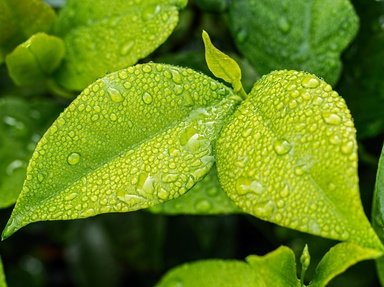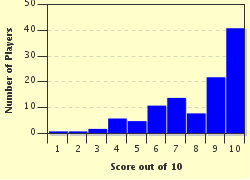Quiz Answer Key and Fun Facts
1. These dainty flowers grow on a tree that can be found everywhere in Australia. Australians usually refer to them as gum trees. Do you know their more official name?
2. With a name related to the finance industry, what is this unusual looking Australian native plant?
3. Commonly referred to as wattle in Australia, what is the correct name for this colourful, highly scented plant?
4. Called after one of our native animals, what is the name of this plant from Western Australia?
5. This plant is so named because of its similarity to a kitchen instrument for cleaning glass. What is it?
6. Some believe that Captain Cook gave a brew made from the leaves of this animal sounding plant to his sailors, in order to prevent scurvy. Can you name it?
7. You can't make candles from this plant, but can you pick its name from the list below?
8. This lovely plant found right throughout the county has a name *similar* to a Maori dance. Can you name it?
9. Also named after one of Australia's native land animals, what is this plant?
10. This tree with its lovely bird attracting flowers is named after the scent it produces when the leaves are crushed. What is it?
Source: Author
Creedy
This quiz was reviewed by FunTrivia editor
rossian before going online.
Any errors found in FunTrivia content are routinely corrected through our feedback system.


